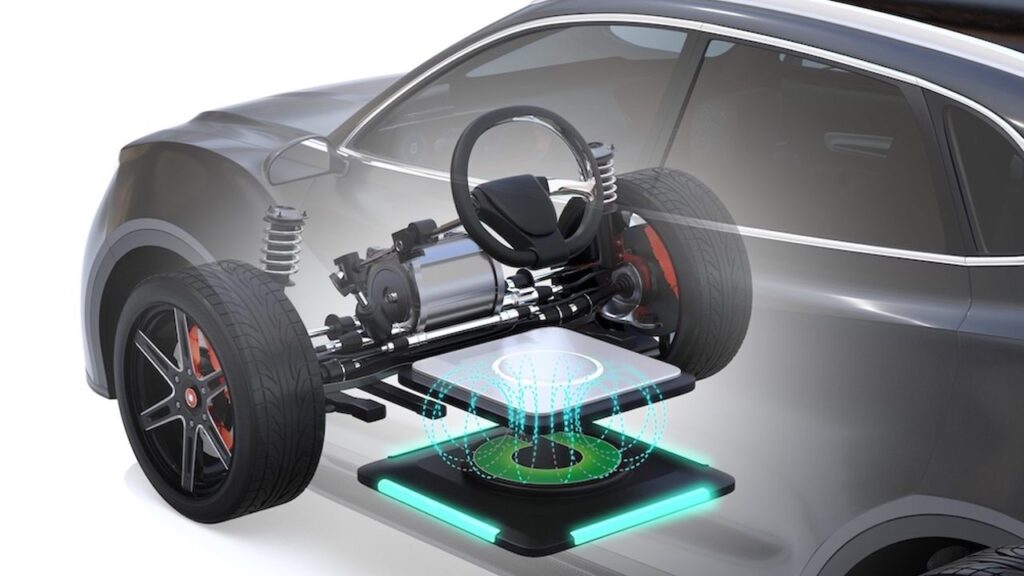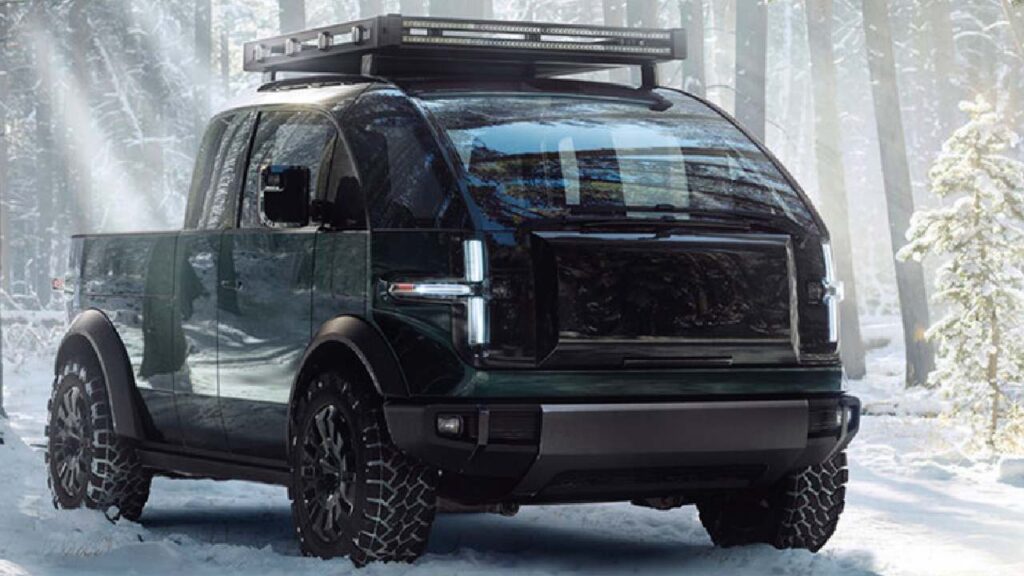Top 5 Upcoming Electric SUVs in 2024 – Part 2
2024 will witness a significant shift in the automotive industry towards electric vehicles and SUVs. Let’s explore the top 5 upcoming electric SUVs set to arrive this year. In 2024, the EV landscape is poised for remarkable growth and innovation as we take a look at the top 5 upcoming electric SUVs. Notable strides in battery technology have addressed longstanding concerns, extending the range of EVs. The market is now saturated with a diverse range of models, offering consumers a plethora of choices, from sleek sedans to robust SUVs. Governments worldwide are increasingly committed to sustainability, providing incentives that promote the widespread adoption of EVs. The expansion of charging infrastructure has mitigated range anxiety, rendering electric vehicles a viable option for a broader audience. As environmental awareness continues to rise, the future of electric vehicles holds great promise, set to reshape our commuting habits and contribute to a greener future. Let’s take a closer look at the exciting electric SUVs expected to emerge in the upcoming year. You might also like: Top 5 Unique Upcoming Electric SUVs in 2024 – Part 1 Top 5 Upcoming Electric SUVs in 2024 Cadillac Escalade IQ – Late 2024 The first EV on this list is the Cadillac Escalade IQ. The American auto marque has been hush about the specifications of the luxury electric SUV. But we understand that the all-wheel-drive variant will generate 750 hp and 785 lb-ft (1,064 Nm) of peak power and torque. This powertrain will propel the ginormous EV from 0 to 60 mph (97 km/h) in under 5 seconds. In terms of technology and creature comforts, the cabin will be ultra-modern and packed to the gills. Hyundai IONIQ 7 – H2 2024 The Hyundai IONIQ 7 will be a luxury 7-seat electric SUV from the Korean auto giant. It will be based on the brand’s well-known Electric-Global Modular Platform (E-GMP). While the Korean automotive giant has remained discreet about the precise specifications of the electric SUV, we can venture to make some logical assumptions. Hyundai has set its sights on achieving a range of over 300 miles (483 km) for this platform. To attain such an extensive range with a large SUV, it is reasonable to anticipate a battery size of at least 100 kWh. Drawing parallels with the 4WD version of the Ioniq 5, which delivers 320 hp and 605 Nm of power and torque, we might expect a similar performance from the Ioniq 7. Confirmed details include the Ioniq 7’s charging capabilities, which are expected to mirror those of the Ioniq 5. This implies support for 350 kW DC fast charging, allowing for a 10-80% charging time of approximately 20 minutes. Additionally, in a bid to broaden the accessibility of the electric SUV, it could be offered in both RWD and AWD variants. You might also like: Top 5 Unique Upcoming Electric Pickup Trucks in 2024 Kia EV9 Essentially the Kia iteration of the Hyundai IONIQ 7, the EV9 will utilize the same Electric-Global Modular Platform (E-GMP) and bear a 7-seat configuration. Since Hyundai supplies powertrain to most Kia models across the globe, we can expect identical specifications. What would, however, be different are the exterior styling, interior layout and tech features. As per the information, the EV9 will offer a large panoramic sunroof, a large infotainment display that could be connected to the instrument cluster to form a single seamless unit of glass (the concept features a 27-inch screen), V2L, Connected Car Tech Features with OTA Updates and Kia’s AutoMode for Autonomous Driving functions. Also, its interior will be made from vegan leather and other sustainable materials including fishnet debris, recycled plastic water bottles, bio extracts, etc. Jeep Wagoneer S – Mid 2024 Another prominent moniker which will turn electric is Jeep Wagoneer S. The American SUV maker has been transforming its portfolio with the likes of Wrangler 4xe and Grand Cherokee 4xe. However, these are plug-in hybrids. The Wagoneer S will be a battery-powered colossal SUV. The specifics are still unclear but one could expect an arrangement which could offer around 600 hp and 400 miles (644 km) of range. Being a Jeep, it will inherently boast off-roading capabilities along with premium and modern features. You might also like: Xiaomi SU7 Makes Global Debut With 1200 km Range & 150 kWh Battery Pack Honda Prologue – H1 2024 Finally, we have the Honda Prologue electric SUV. Interestingly, it has been co-developed with General Motors, which is why it will use the same Ultium battery pack which powers other GM models too. The Prologue will come with an 85 kWh battery. In the single motor configuration, it could produce around 210 hp. This number goes up to around 288 hp in the dual-motor AWD setup. The driving range could be in the vicinity of 250-320 miles (402-515 km). Unlike other premium and luxury SUVs on this list, the Prologue would bear a relatively humble price tag of under $50,000 (starting). These are the top 5 upcoming electric SUVs for 2024.










